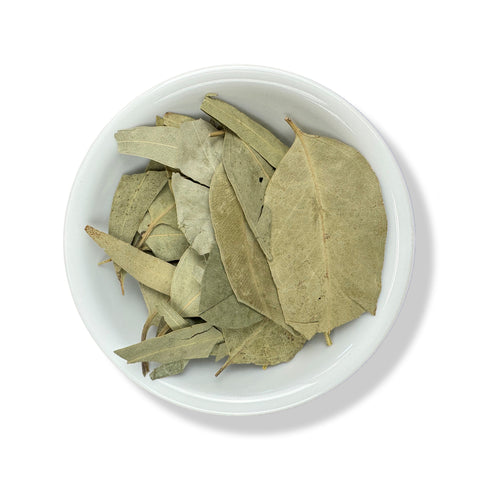
Eucalyptus Leaves (Eucalipto)
- + Buy ANY 5 Products, Get 1 Free! *BULK Products Included*
- + 15-Day Money Back Guarantee
- + Get It Fast! Orders Ship Same Day
![]()
Botanical Name: Eucalyptus globulus
Origin: Mexico
Discover the refreshing and invigorating qualities of our Premium Eucalyptus Leaves, sourced directly from the lush landscapes of Australia. Renowned for their powerful aromatic properties, Eucalyptus leaves are a staple in wellness practices for promoting respiratory health and overall vitality. Ideal for creating soothing teas, herbal steam inhalations, or adding a natural touch to your home spa experiences, our Eucalyptus leaves offer both traditional health benefits and aromatic pleasures.
Benefits
- Supports healthy respiration function
- Natural Antiseptic: The leaves contain compounds with natural antiseptic properties, useful in cleansing the air and surfaces in your home.
- Supports relaxation and healthy stress levels
- Supports healthy skin
These statements have not been evaluated by the Food and Drug Administration. This product is not intended to diagnose, treat, cure, or prevent any disease.
This product is intended for nutritional support. If pregnant, nursing, or taking medication, please consult with a health professional before use.
Keep out of reach of children.

